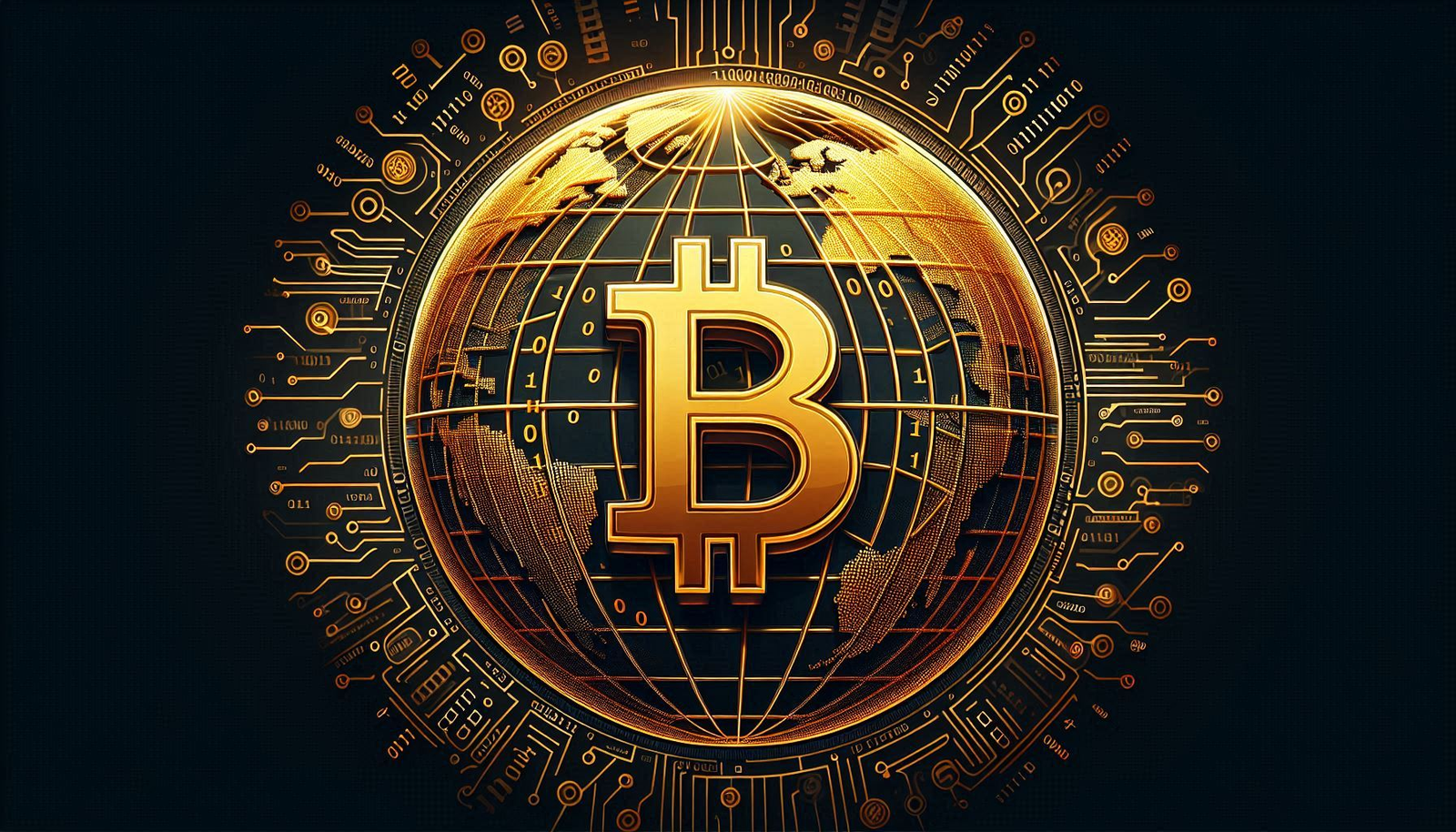Are new stablecoin regulations on the horizon?
OneSafe
Are New Stablecoin Regulations on the Horizon?
As the cryptocurrency market continues to evolve, the discussion around stablecoin regulations is gaining momentum. Stablecoins, which are cryptocurrencies pegged to traditional assets such as the U.S. dollar or gold, have become increasingly popular for their ability to mitigate the volatility commonly associated with digital currencies. However, their rapid growth has prompted regulators to take a closer look at the implications of these digital assets.
Recent Developments in Stablecoin Regulation
In recent months, several countries have begun to draft and implement regulations aimed at stablecoins. The European Union, for example, is working on the Markets in Crypto-Assets (MiCA) regulation, which aims to provide a comprehensive framework for the regulation of cryptocurrencies, including stablecoins. Similarly, in the United States, lawmakers are debating potential legislation that could impose stricter oversight on these digital assets.
The primary concern among regulators is the potential risk that stablecoins pose to financial stability. Given that many stablecoins are backed by reserves of fiat currency or other assets, there is a growing fear that a lack of transparency regarding these reserves could lead to a loss of confidence and, ultimately, a run on the stablecoin. This concern has led to calls for greater transparency and regular audits of stablecoin reserves.
Potential Impacts of Regulation
If new regulations are enacted, the implications could be significant for the cryptocurrency market as a whole. Increased regulatory scrutiny could lead to a consolidation of the stablecoin market, with only those that comply with regulatory standards surviving in the long term. This could also pave the way for the development of Central Bank Digital Currencies (CBDCs), which are digital forms of fiat currency issued by central banks and designed to coexist with traditional financial systems.
Moreover, regulatory clarity could enhance the legitimacy of stablecoins, fostering greater adoption among businesses and consumers. Companies may be more willing to integrate stablecoins into their payment systems if they have confidence that the regulatory environment is stable and predictable.
Conclusion
As discussions surrounding stablecoin regulations continue to unfold, stakeholders in the cryptocurrency market should stay informed and prepared for potential changes. While the introduction of regulations may pose challenges, it could also provide opportunities for growth and innovation within the sector. The future of stablecoins will likely depend on the balance between fostering innovation and ensuring consumer protection and financial stability. As we move forward, it will be crucial to monitor regulatory developments and their implications for the evolving landscape of digital currencies.


